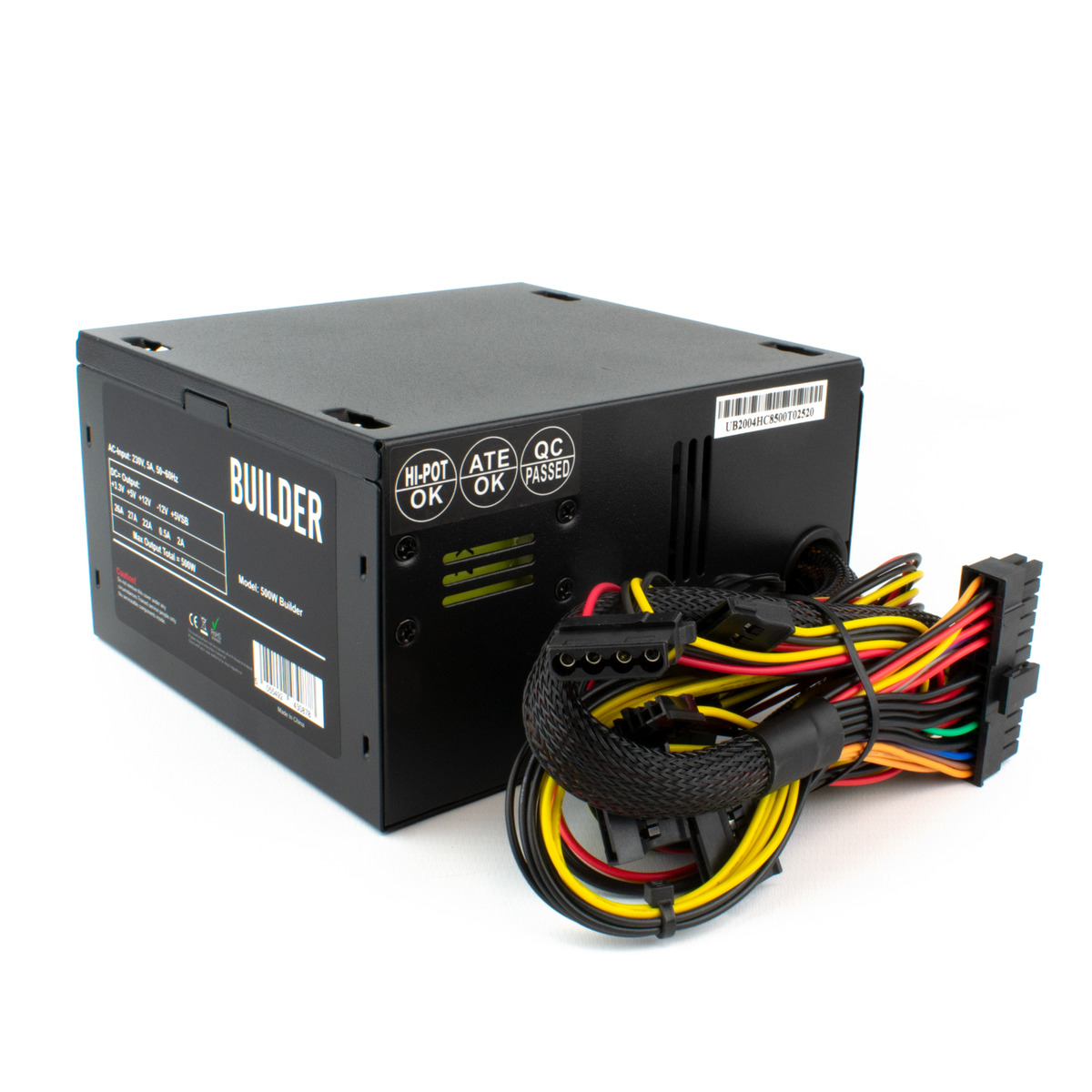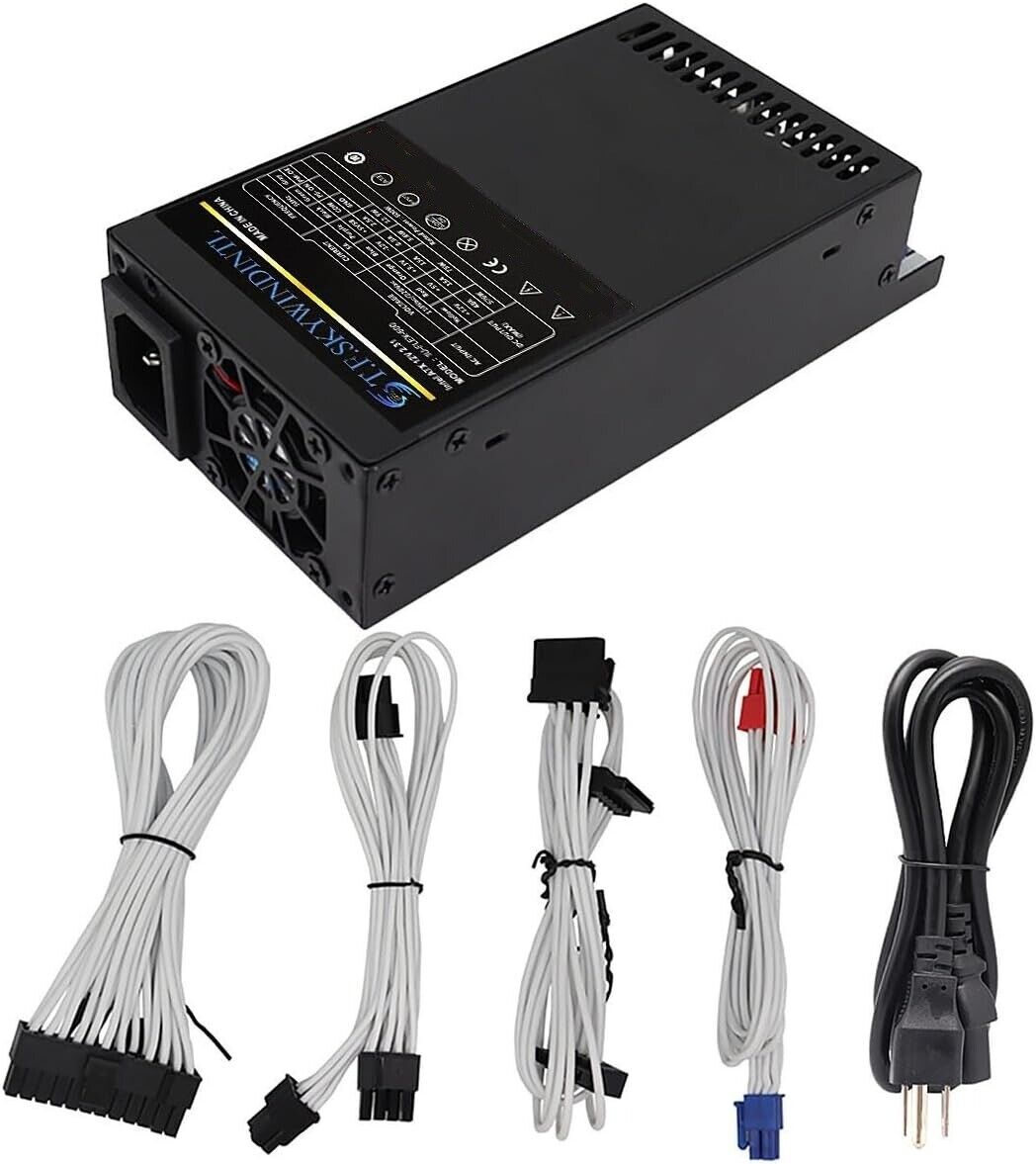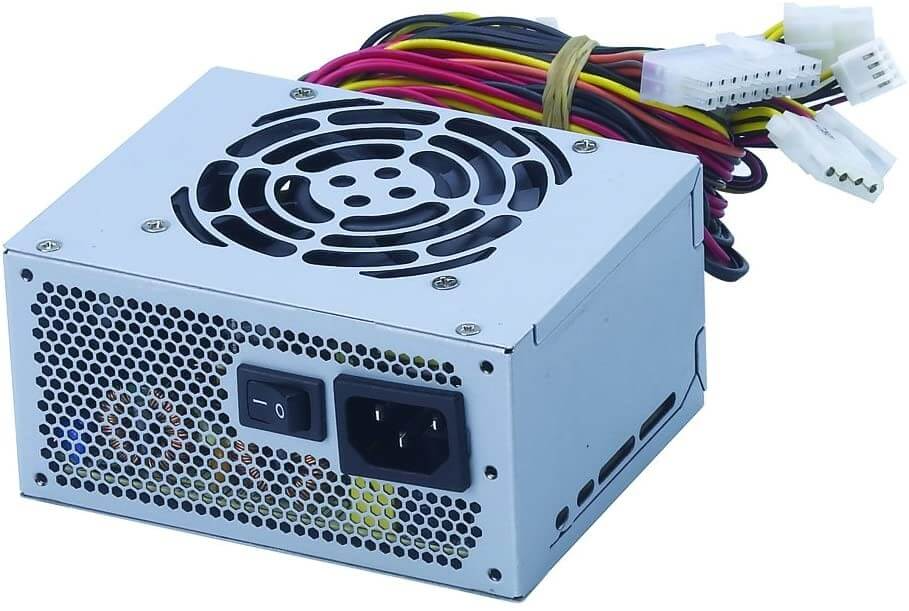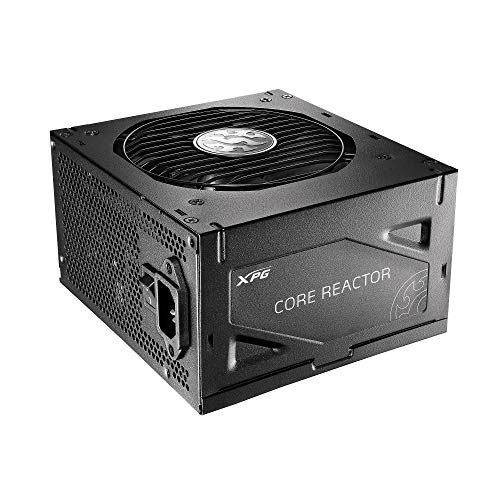In the complex ecosystem that makes up a personal computer, the power supply unit (PSU) plays a crucial role as the silent guardian, ensuring a steady flow of energy to every component. Often overlooked, a reliable and efficient PSU is paramount for optimal performance and longevity of your system. This comprehensive guide delves into the intricacies of PC power supplies, covering their function, selection criteria, and maintenance, ensuring that you make informed decisions when upgrading or building your PC.
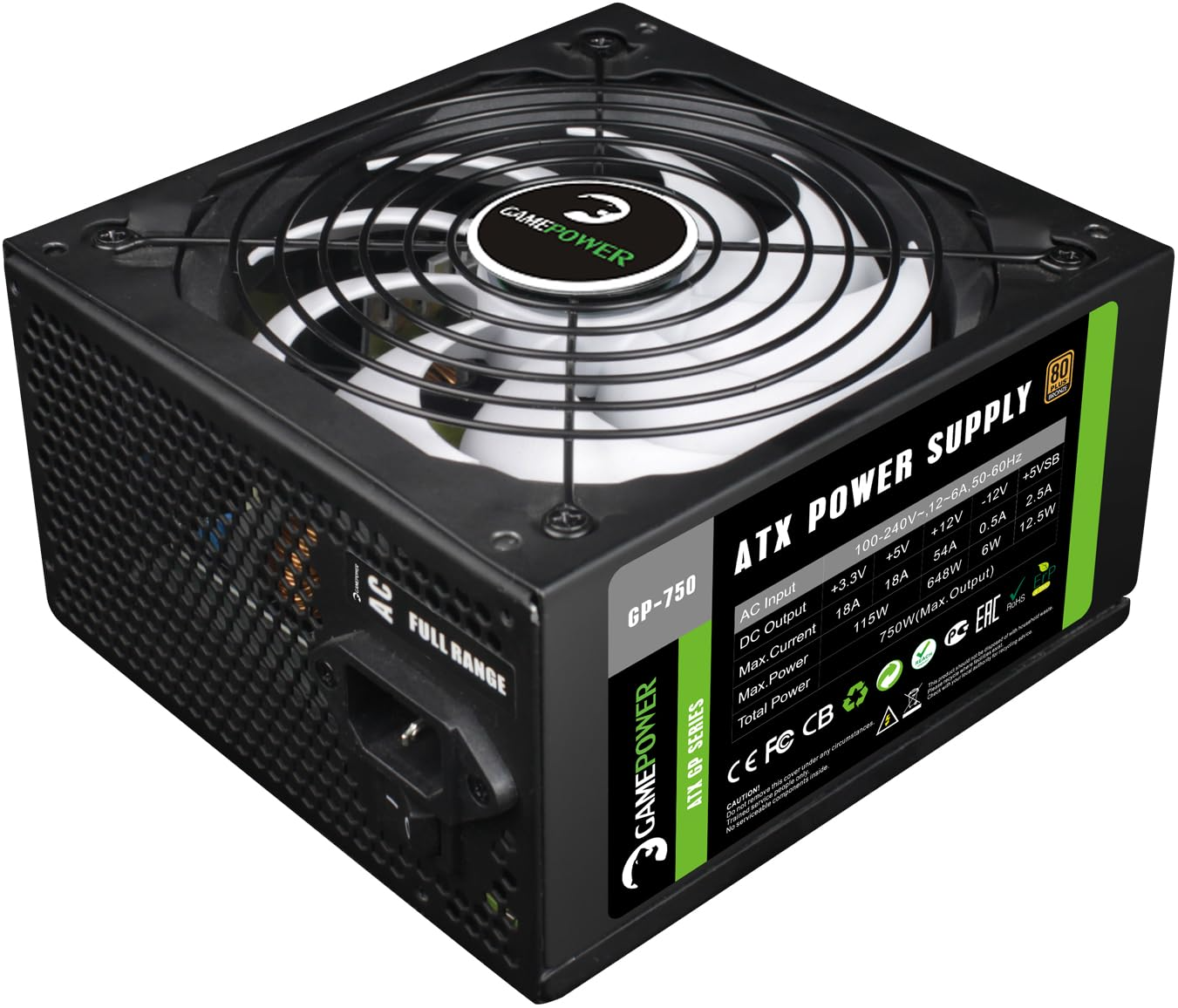
Types of Power Supplies
Linear vs. Switching Power Supplies
At the core of the discussion, we differentiate between two primary types of power supplies: linear and switching. Linear power supplies, while less common today, convert AC to DC using a simple transformer and a voltage regulator. They are known for their simplicity and low noise production but are less efficient and generate more heat.
On the other hand, switching power supplies, now the industry standard, utilize advanced circuitry to convert AC to high-frequency AC, then to DC, significantly improving efficiency. Their compact size, higher efficiency, and cost-effectiveness have made them the preferred choice for modern PCs.
Power Supply Specifications Decoded
Wattage: The Power Behind Performance
One of the most advertised specifications of a power supply is its wattage, which indicates the maximum power output it can deliver. It’s crucial to match the PSU’s wattage to your system’s requirements, factoring in components like the CPU, GPU, storage devices, and cooling systems. Underpowering your system can lead to instability, while overkill can mean unnecessary expense and wasted energy.
80+ Efficiency Ratings
Efficiency ratings, denoted by badges like “80+ Bronze,” “80+ Gold,” or “80+ Platinum,” indicate how efficiently a PSU converts AC power to DC. A higher rating means less energy is wasted as heat, translating to lower electricity bills and a cooler-running system. For eco-conscious users or those seeking long-term savings, aiming for at least an 80+ Bronze certification is advisable.
Connector Types and Compatibility
Understanding Connectors and Cables
Power supplies come equipped with a variety of cables and connectors to interface with different components in your PC. The most common include:
- ATX/EPS Connectors for the motherboard.
- PCIe Connectors for graphics cards.
- SATA and Molex Connectors for storage devices and fans.
It’s essential to ensure your PSU provides enough of the right type of connectors to support your hardware configuration. Modular and semi-modular PSUs offer flexibility, allowing you to use only the cables you need, reducing clutter and improving airflow within the case.
Factors to Consider When Choosing a Power Supply
Brand Reputation and Certifications
Opting for a reputable brand with good customer service and a track record of producing reliable PSUs is critical. Look for units certified by organizations like UL, CE, or TÜV Rheinland, which ensure adherence to safety standards.
Active PFC: Ensuring Stable Power
Active Power Factor Correction (PFC) is a feature found in quality PSUs that improves power efficiency and ensures a stable voltage supply, especially important in regions with unstable power grids.
Maintenance and Troubleshooting
Maintaining and troubleshooting PC power supplies is crucial for ensuring the stable operation and longevity of your computer system. Here are some steps to help you maintain your power supply unit (PSU) and troubleshoot common issues:
Maintenance
- Keep it Clean: Dust buildup can cause overheating and reduce efficiency. Turn off and unplug the PC, open the case, and use a can of compressed air to gently blow out any dust from the PSU and its vents.
- Proper Ventilation: Ensure that your computer case has good airflow. The PSU should have at least an inch of clearance around it for proper cooling. Use case fans if necessary to improve ventilation.
- Check Cables: Regularly inspect power cables for any signs of fraying or damage. Damaged cables can lead to shorts and power failures.
- Stable Power Source: Connect your PC to a surge-protected power outlet to protect the PSU from voltage spikes.
- Avoid Overloading: Make sure the PSU is not being overloaded by too many high-power components. Check the wattage requirements of your hardware against the PSU’s output capacity.
Troubleshooting
- System Won’t Turn On:
- Check if the power cord is securely plugged in both at the wall and the PSU.
- Try a different power outlet to rule out a faulty outlet.
- Check the PSU’s switch (if it has one) to ensure it’s turned on.
- Test the power supply with a POST (Power-On Self Test) card or swap it with a known good PSU to isolate the issue.
- Frequent Shutdowns/Reboots:
- Overheating could be the culprit. Ensure the PSU and overall system have adequate cooling.
- The PSU might be failing. Check for any unusual noises (like whining or rattling) coming from the PSU, which can indicate a problem.
- Strange Noises: Buzzing, whining, or rattling sounds from the PSU often signal a failing component. It’s advisable to replace the PSU as soon as possible.
- Visible Damage: If you notice burn marks, swelling capacitors, or any other physical damage on the PSU, it needs to be replaced immediately.
- Voltage Fluctuations: Use a multimeter to check the voltage outputs (3.3V, 5V, and 12V rails) of the PSU while it’s under load. If readings are significantly off, the PSU may need replacement.
- LED Indicators: Some PSUs have LED indicators that signal problems. Refer to the manufacturer’s manual to interpret these codes.
Safety Tips
- Always turn off and unplug the PC before working on the inside.
- Ground yourself by touching a grounded metal object before handling internal components to prevent static discharge.
- Use appropriate tools and handle components with care to avoid damage.
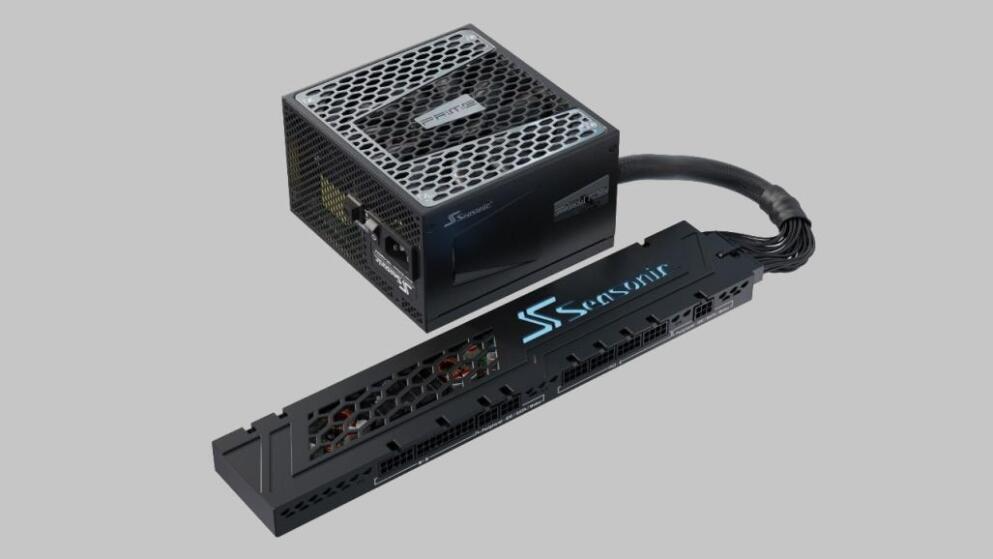
If you’re unsure about any step during maintenance or troubleshooting, it’s best to consult a professional or the PSU manufacturer’s support. Attempting repairs beyond your expertise can be dangerous and may void warranties.
Conclusion: Empowering Your PC Experience
The power supply unit, though often hidden away, is the unsung hero of any PC build. By understanding its specifications, choosing wisely based on your system’s needs, and practicing proper maintenance, you can ensure a stable, efficient, and long-lasting foundation for your computing endeavors. As technology advances and power demands evolve, staying informed about PSU advancements will continue to play a vital role in optimizing your PC’s performance and reliability.
